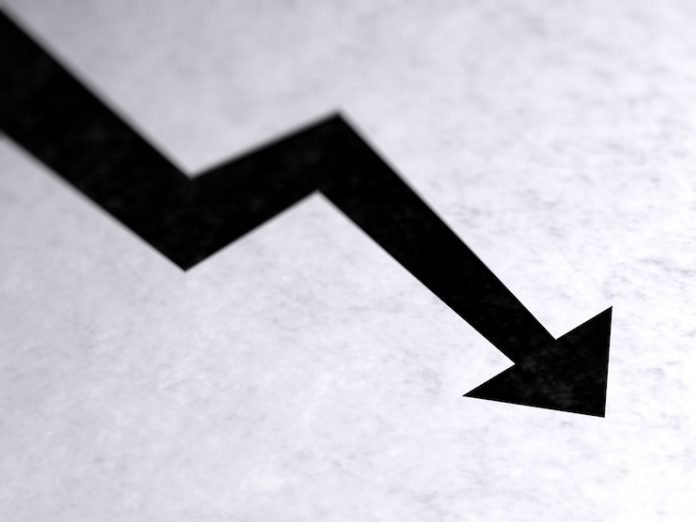HENDERSONVILLE, Tenn.—The U.S. hotel industry reported mostly negative results in three key performance metrics during June 2019, according to data from STR. At 73.5 percent, occupancy declined 1.3 percent year-over-year compared with June 2018 and revenue per available room (RevPAR) declined 0.4 percent to $98.85. Average daily rate (ADR) increased 0.9 percent year-over-year to $134.52.
This was the industry’s second month in the past 112 with a negative year-over-year RevPAR comparison. The other was September 2018, which was due mostly to difficult-to-match levels from the post-hurricane time period the previous year. The longest overall expansion cycle in industry history lasted 112 months from December 1991 through March 2001.
“We were going to see a flat-to-low growth month regardless, but having one less Friday than last June replaced with a Sunday created even more of a drag on RevPAR comparisons,” said Jan Freitag, STR’s senior vice president of lodging insights. “The negative figure for the month does not mean the growth cycle has ended. In fact, the industry set a June demand record and achieved the second-highest June occupancy level all-time behind last year. However, healthy enough supply growth and a continued lack of pricing confidence continue to hinder the potential for any meaningful growth.”
STR’s latest forecast calls for 2 percent RevPAR growth for 2019 and 1.9 percent in 2020. “Of course with labor continuing to grow at a faster pace than revenue, there is not much good news for profit margins,” Freitag added.
Among the “Top 25 Markets” as defined by STR, Phoenix experienced the highest rise in occupancy in June 2019 (up 4.2 percent to 65.7 percent) and the second-largest increase in ADR (up 5.1 percent to $98.12), which resulted in the largest jump in RevPAR (up 9.5 percent to $64.46).
The Philadelphia area posted the largest lift in ADR (up 7.0 percent to $151.07), while Houston registered the steepest decline in ADR (down 4.0 percent to $98.92). Detroit saw the largest drop in occupancy (down 6.7 percent to 72.6 percent) and Orlando, Fla., reported the largest decrease in RevPAR (down 9.8 percent to $94.18).
“The major markets are the best representation of performance consistent with supply growth and little-to-no pricing confidence,” Freitag said. “As we’ve said, the most noticeable hit is in the select-service classes, where most of the new inventory is concentrated.”











